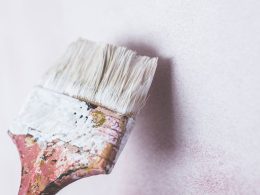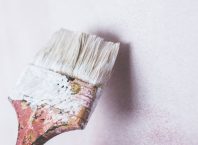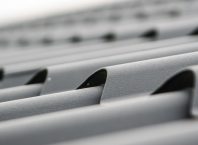Table of Contents
Many people hire professionals to paint their house to get a high-quality paint job that lasts for years. Hiring professional painters is a good practice, but some people like to paint themselves to save money. Some like to paint themselves to test their skills and to have some fun.
If you have built a new house, it is essential to get it painted by professionals as they do many other things than merely painting the walls. However, if you want to repaint your house, you can try painting yourself with some skills and knowledge.
Many things need to be taken care of when you try to paint your house yourself. Let us learn all such DIY Painting tips and tricks to help you paint and revive your home once again.
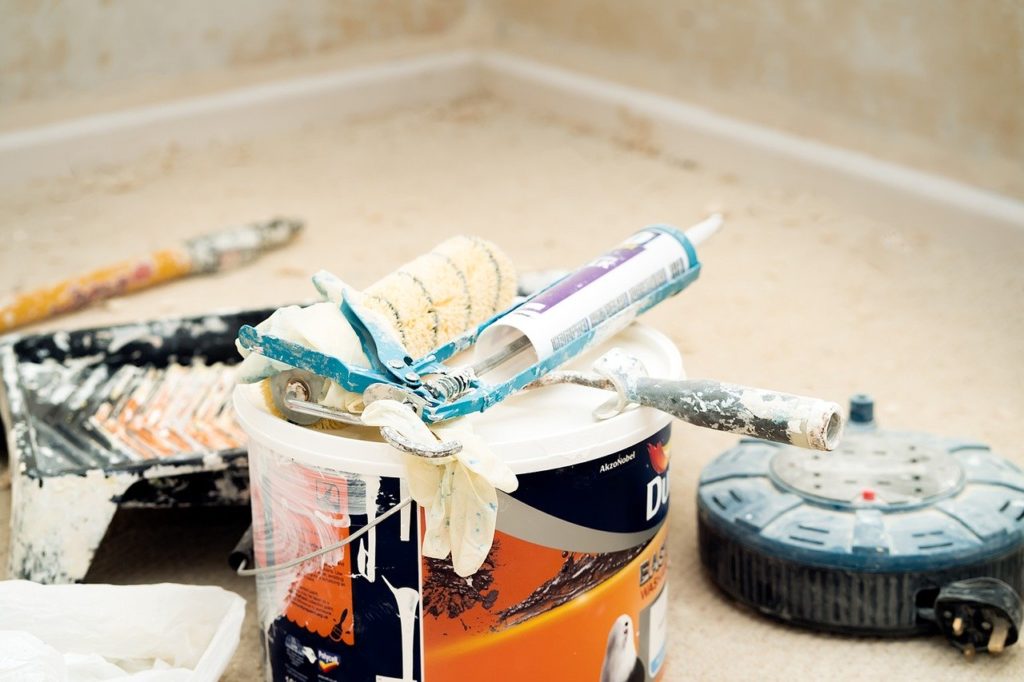
Wait for Dry weather
One should not paint in humid weather or rainy season as paint takes longer to dry in these times. If you want to paint when it’s humid, you need to have enough time to let the paint dry before painting for a second coat on the walls. You can have the benefit of slow-drying of paint to fix your errors, before working on a second coat.
Inspect the surfaces before painting
Homeowners need to inspect the walls and surfaces carefully before painting. Checking the surfaces enables you to find the holes, cracks, leakages, and many other things that need to be fixed before painting.
Fix the holes and cracks
If there are any holes or cracks on our walls, fill them with the Plaster of Paris or joint compound. It is easy to fill them and don’t need any professional skills. You can fill them with a knife or hand and flatten it with a wall plastering tool.
Clean the walls and surfaces
To get a perfect paint job, it is essential to clean the walls and surfaces of all the dust and dirt. The paint won’t stick well on dirty surfaces. Therefore, you must clean the walls using a sponge and long handle brush. If there is a lot of dust on the walls, you can use a wall cleaner to clean the same.
Sand away the flaws
The walls and surfaces need to be smooth to get a perfect paint job. Sanding is especially important if there are flakes of worn paint on your walls that need to be removed to obtain a smooth surface for painting. You can use sandpaper or sanding machine to sand the surfaces. It levels out the compound patches and also flattens the ridges around the nail holes. However, you need to use sandpaper around edges and trims.
Use a primer
Priming is essential before painting the walls, windows, grills, and doors. If you are painting the new walls, you should apply a water-based primer. But for old walls that are damaged due to water or smoke, you should use an oil-based primer.
Paint in the right sequence
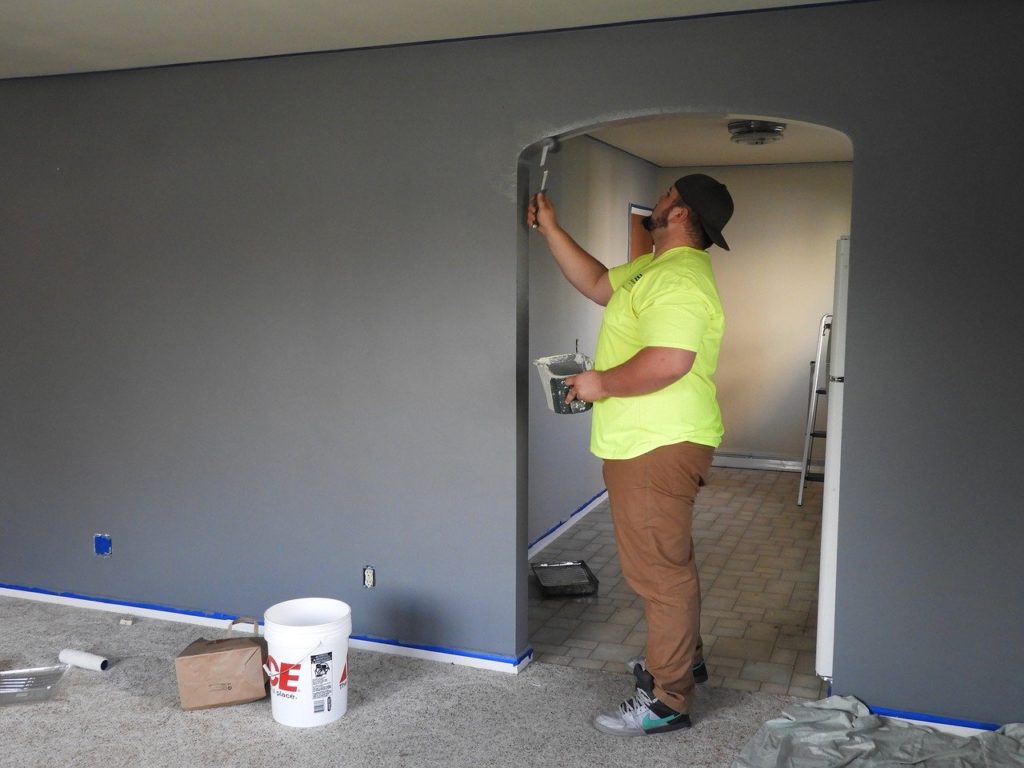
It is essential to paint in the right sequence to get a smooth and high-quality paint job. The professional painters always follow the right course to paint a room. First of all, they paint the trim and then the ceiling followed by the walls. It is because they find it easier and faster to tape off the trim as compared to tape off walls. You need to follow the same order to make your job easier and get a smooth and error-free finish.
Load and Go Approach
Professional painters work on the Load and Go approach to paint with precision. They load only 1 -1/2 inches of their brush and tap it against the inner wall of the paint bucket to prevent the heavy drips before beginning to paint.
In contrast, homeowners dip the entire brush in paint and start painting that leads to heavy drips while painting any surface. Therefore, it is best to dip only 1 or 2 inches of brush and press it against the inner side of the bucket to remove the access paint for a smooth and uniform finish.
Roll the paint along the edges
If you paint the areas next to trim with a brush, they will have a different texture than the surrounding texture. Therefore, to obtain a consistent texture, you should paint them with a brush and then immediately use a roller before the paint dries off.
You need to roll the roller as close as possible without bumping the paint on the trim. Finish the brushing and rolling on the paint before moving to the next area.
Feather out the paint
It is challenging for even professional painters to cover tall walls, stairwells, and ceilings in single continuous strokes. The best way to minimize the lap marks in these areas is to feather out the paint along an edge that is difficult to keep wet. The thin feathered coat will prevent the buildup that causes the lap mark.
To paint a large area without lap marks, you need to roll the dry roller in various directions across the dry edge and feather out the paint as you go. Move to the next area only after painting the feathered edges. While applying a second coat, it is best to paint in the opposite direction as it eliminates the lap marks perfectly.
Get a paint pen
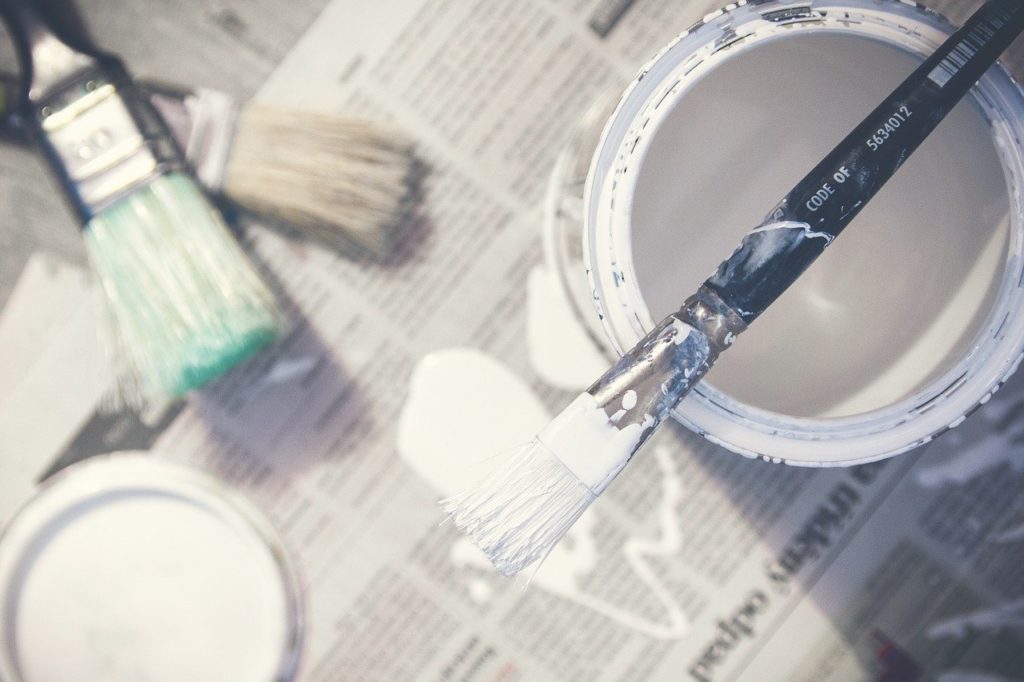
Purchase a paint pen that lets you later fill it with a little bit of your new color for small touch-ups. The paint once filled in a pen stays fresh for around a year. However, it is essential to shake them well before using to ensure that the paint comes out easily.
Final Words
These were some simple DIY Painting tips to paint and revive your home anytime. Professionals like house painters Allawah use these tips to paint with precision and perfection.
However, if you are not confident about painting your house, it is better to hire professional painters to get a high-quality paint job. Follow the above DIY Painting tips and help homeowners to paint their house and test their painting skills.
Author Bio: Emily Bartels is a content writer at Aqua Painting. She enjoys writing on various topics mainly associated with Home Improvement, Gardening, Technology, and Gadgets. Her famous articles are on the topic of Home Improvement, Technology and many more.










